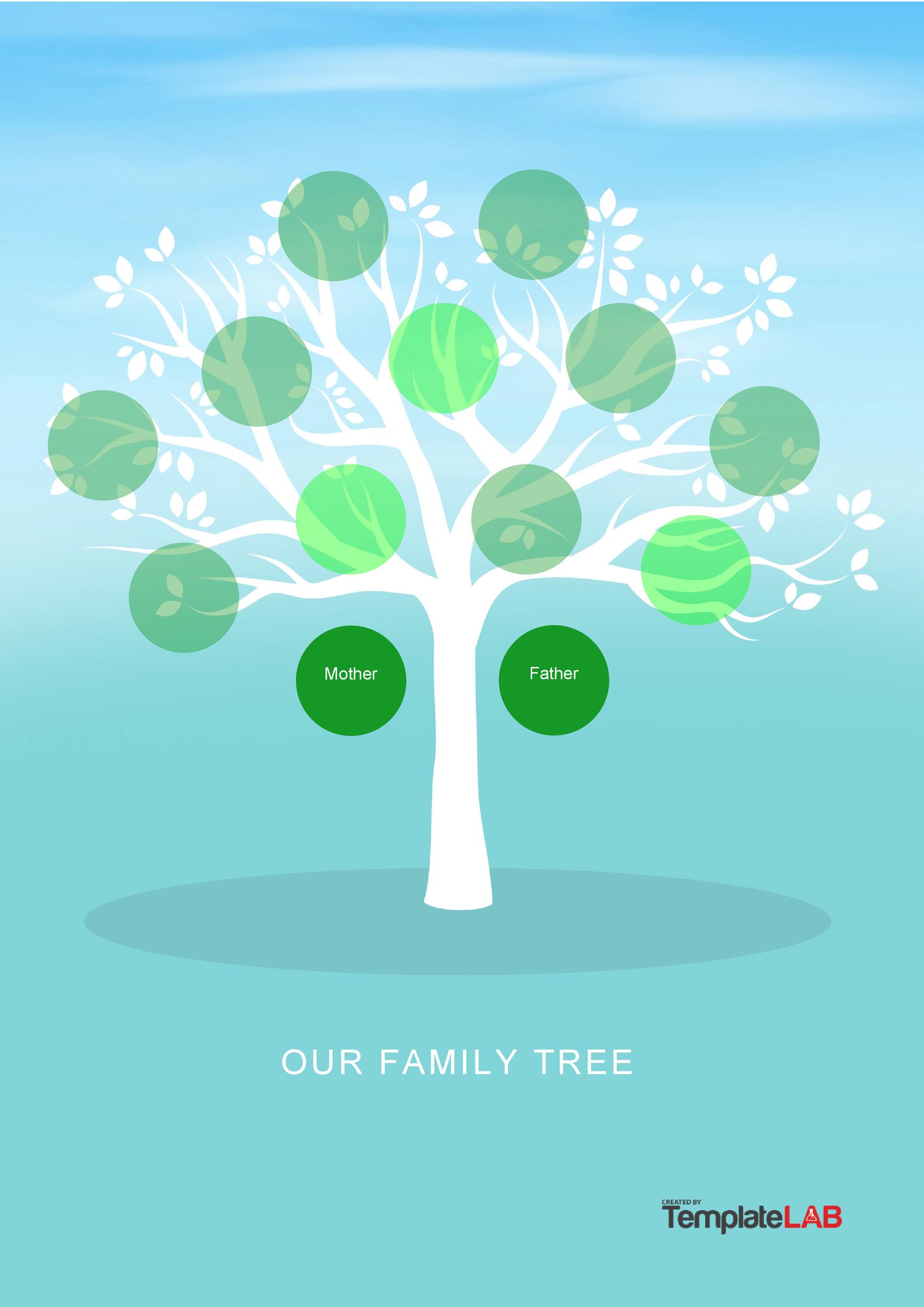


In genealogy, genograms are used to record family history through the lives of each of its members. The use of social relationships links allows the genogram to be used in a business environment to create organizational charts or floor plan layouts of the employees.Ī genogram looks like a family tree, but with all the different types of relationships, it contains a significantly more detailed and complete picture of the family or group it illustrates. Social relationships can also illustrate an individual's relation to a social entity. These allow users to link individuals who are not related to one another, but who have a connection in society-at-large, such as neighbor, co-worker, boss-employee, pastor-church member, teacher-student, etc. Colour-coded lines represent various emotional relationships that bond individuals together.Īnother component of genograms is social relationships. These provide an in-depth analysis of how individuals relate to one another. Genograms may also include emotional relationships. Within family relationships, you can illustrate if a couple is married, divorced, common-law, engaged, etc. One of the advantages of a genogram is the ability to use colour-coded lines to define different types of relationships such as family relationships, emotional relationships and social relationships. For example, a genogram will not only show that a person called Paul and his wife Lily have three children, but that their eldest child was sent to boarding school that their middle child is always in conflict with her mother that their youngest has juvenile diabetes that Paul suffered from depression, was an alcoholic, and a philosopher and that Lily has not spoken to her brother for years, has breast cancer, and has a history of quitting her jobs. It will not only show the names of people who belong to a family lineage, but how these relatives relate to each other. The inside of the symbol will hold the person's current age or various codes for genetic diseases or user-defined properties: abortions, still-births, SIDS, cohabitations, etc.Ī genogram can contain a wealth of information on the families represented. Genogram symbols will usually have the date of birth (and date of death if applicable) above, and the name of the individual underneath. There are also computer programs that are custom designed for genograms. Genograms can be prepared by using a complex word processor, or a computer drawing program. Some genogram users also put circles around members who live in the same living spaces. Jack Dikian), for example provide an extended set of symbols, relational markers and conventions that assist in recording and presenting structures associated with more formal service systems.Ī genogram is created with simple symbols representing the gender, with various lines to illustrate family relationships. Genograms and Sociograms have been used effectively to support and facilitate such approaches as in the case of Systemic Consultation. More recently there has been an increase in the recognition and use of systemic therapies and methods to augment more traditional behaviour assessment, clinical formulation and case consultation. Some practitioners in personal and family therapy use genograms for personal records and/or to explain family dynamics to the client. Genograms are now used by various groups of people in a variety of fields such as medicine, psychiatry, psychology, social work, genetic research, education, and many more. Genograms were later developed and popularized in clinical settings by Monica McGoldrick and Randy Gerson through the publication of a book titled Genograms: Assessment and Intervention in 1985. Murray Bowen invented the concept of the genogram as part of his family systems model in the 1970s. It can be used to identify repetitive patterns of behavior and to recognize hereditary tendencies. It goes beyond a traditional family tree by allowing the user to visualize hereditary patterns and psychological factors that punctuate relationships. ( February 2011) ( Learn how and when to remove this template message)Ī genogram (also known as a McGoldrick–Gerson study, a Lapidus schematic or a family diagram ) is a pictorial display of a person's family relationships and medical history. Please help to improve this article by introducing more precise citations. This article includes a list of general references, but it remains largely unverified because it lacks sufficient corresponding inline citations.


 0 kommentar(er)
0 kommentar(er)
